Gombhira, one of Bengal’s richest folk art forms
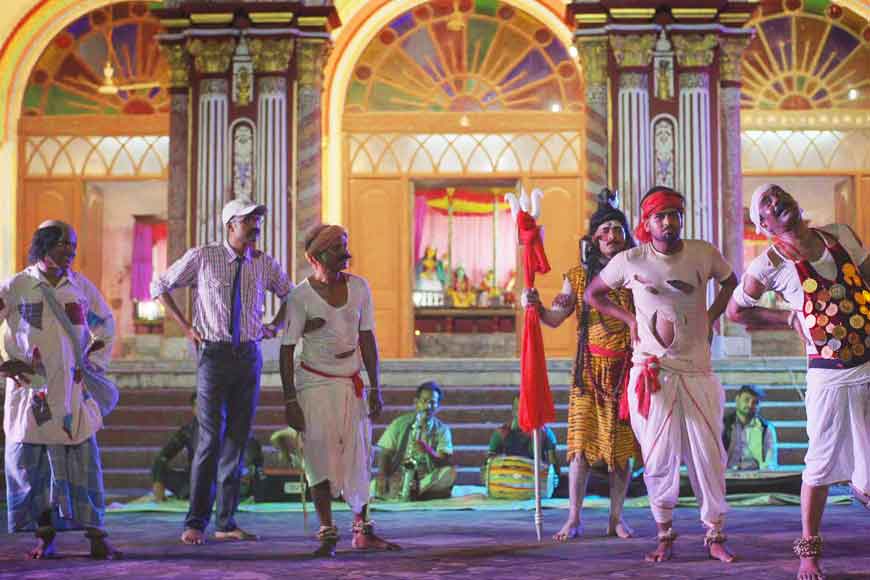
What combines acting, singing, and also a bit of dancing? A Bollywood or Tollywood film, you may well answer. But the art form we are talking about is far more ancient, a true all-in-one package with its home in what is today Bengal’s Malda district, but what used to be the ancient kingdom of Gour. This is the folk art known as Gombhira (also spelled Gambhira or Gamvira), still performed by artistes from Malda, who have taken their art to the international stage.
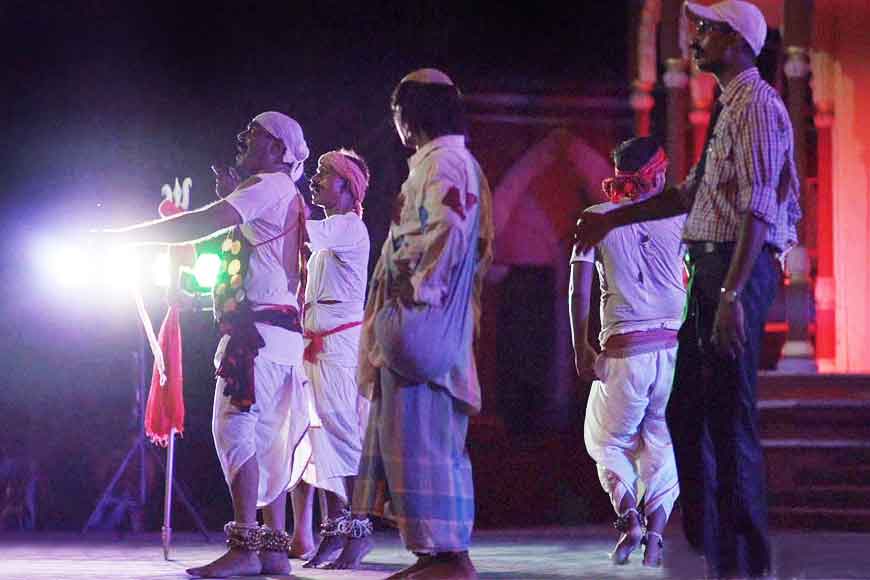
Located at the confluence of Mahanadi and Kalindi rivers, about 350 km from Kolkata, Malda is popular not only for its mango orchards but also for its rich history and heritage. Mango, silk and jute are popular products of the district, and mulberry plantations and mango orchards are scattered everywhere. But not many of us may be aware of the art and culture of Malda, which flourished during the rule of the Pala and Sena dynasties of Bengal.
Known as English Bazaar during the British era, the ancient towns of Gour and Pandua experienced the reign of three dynasties - the Palas, the Senas and the Nawabs. The different reigns brought with them their varying cultures, religions and traditions, all of which contribute to the charm of Malda. Scattered with numerous monuments, Malda is one of the most historically relevant cities in Bengal, not to mention its one-time capital.
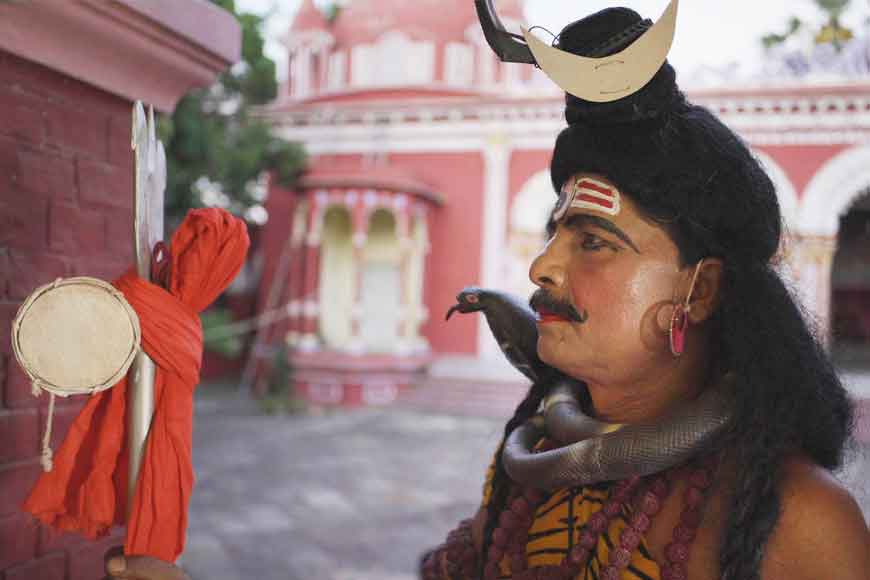
But the folk culture of Malda is another major attraction of the region. Gombhira flourished in Gour as a folk form, as the rural populace invoked Lord Shiva through music and dance. They then graduated to enacting their skits on stage, mainly involving two actors conversing about their daily problems, which they would convey to Shiva through music and dance, and ask for solutions.
While the dance form is not as colourful as, say, the Chhau of Purulia, it nonetheless has a strong element of storytelling attached to it, adapted through the ages to reflect current problems and preoccupations. It is important to realise that Gambhira is not just a form of song or dance, but a ritualistic drama like the Noh of Japan, for example, complete with its own typical masks.
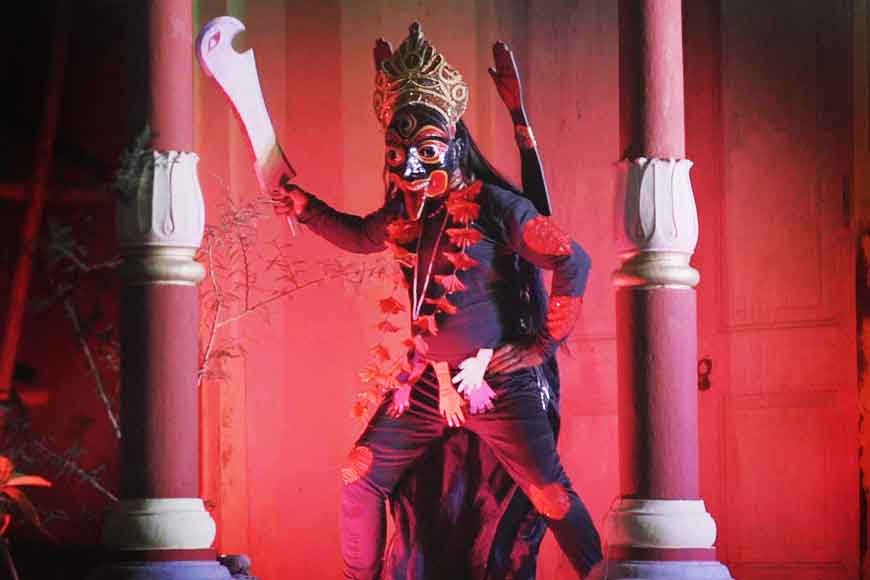
Typically, Gombhira performances are held at the end of the Bengali calendar year, which usually means the second week of April, when the month of Chitra ends and Baisakh begins. Four days before the last day of Chaitra or Chaitra Sankranti is when Gombhira performances begin, and continue until the end of Chaitra. Normally, the first day is dedicated to the filling of the ceremonial pitcher (Ghot Bhora), the second day is for the smaller performances or ‘Chhoto Tamasha’, the third day for the bigger shows or ‘BoroTamasha’, and the fourth day is kept for Ahara/Bolai/Bolbai, in other words, the ceremonial feast.
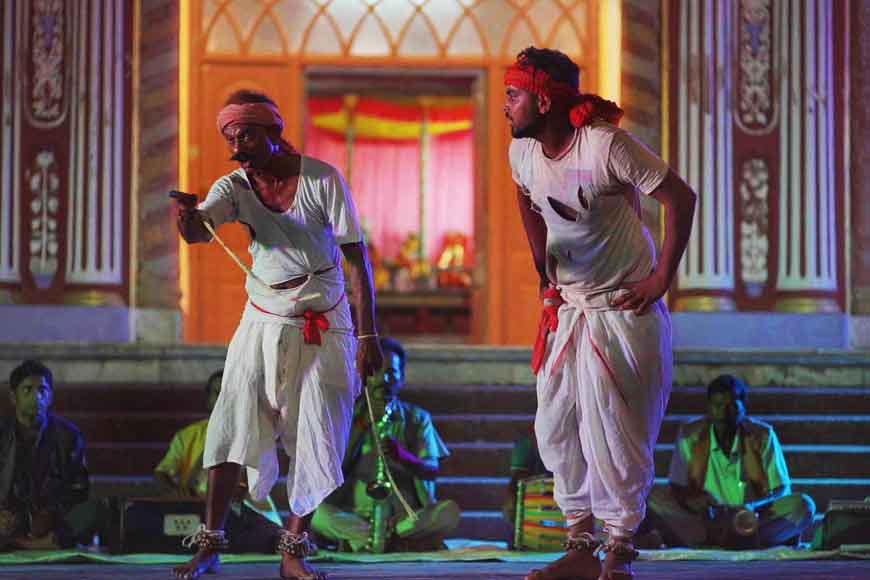
While you may have missed the Gombhira boat this year, with the Covid-19 pandemic controlling all aspects of our lives, do attend a performance whenever you can. This is the best way to support one of the preeminent folk art forms of Bengal. And a visit to Malda is rewarding in so many other ways, too.
Stay at the Amrapali Tourism Property, earlier Malda Tourist Lodge, which offers excellent accommodation, and bookings for which may be done directly through the West Bengal Tourism Development Corporation website, or by contacting
West Bengal Tourism Development Corporation Ltd
DG Block, Sector-II, Salt Lake
Kolkata 700091
Phone: (033) 2358 5189, Fax: 2359 8292
Email: visitwestbengal@yahoo.co.in, mdwbtdc@gmail.com, dgmrwbtdc@gmail.com











